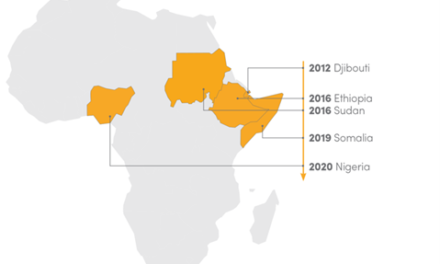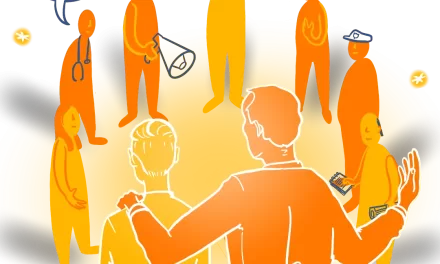A groundbreaking advancement in diagnosing lung cancer has emerged from the labs of the Massachusetts Institute of Technology (MIT), offering a novel, non-invasive approach that could revolutionize early detection.
The brainchild of an Indian-origin engineer at MIT, this pioneering diagnostic technique involves the deployment of nanoparticle sensors, which, when inhaled through an inhaler or nebulizer, traverse the lungs in search of cancer-associated proteins. Should these sensors encounter such proteins, they generate a signal that accumulates in urine, detectable through a simple paper test strip.
This groundbreaking approach, detailed in the journal Science Advances, holds the potential to supplement or even supplant the current gold standard for lung cancer diagnosis, low-dose computed tomography (CT). It’s particularly promising for low- and middle-income countries lacking widespread access to CT scanners.
Professor Sangeeta Bhatia from MIT, an integral part of this innovative research, emphasized the significance of accessibility in diagnosing cancer globally, especially in areas affected by pollution and smoking.
The goal was to create an easily deployable, point-of-care diagnostic that circumvents complex sample processing and amplification, providing results within just 20 minutes.
The team conducted tests in genetically engineered mice prone to developing lung tumors resembling those in humans. Administering the sensors after 7.5 weeks, the time frame equivalent to early-stage cancer in humans, proved pivotal.
Initially employing 20 sensors targeting different proteases, a machine learning algorithm identified a combination of four sensors that exhibited high diagnostic accuracy. Subsequent testing in the mouse model verified their effectiveness in detecting early-stage lung tumors.
While this approach holds promise for human application, the researchers suggest the potential need for more sensors to ensure accuracy. This could be achieved by deploying multiple paper strips, each capable of detecting four DNA barcodes.
The technology’s potential to simplify and enhance early cancer diagnosis, particularly in resource-limited settings, marks a significant stride forward in combating the global burden of lung cancer.










